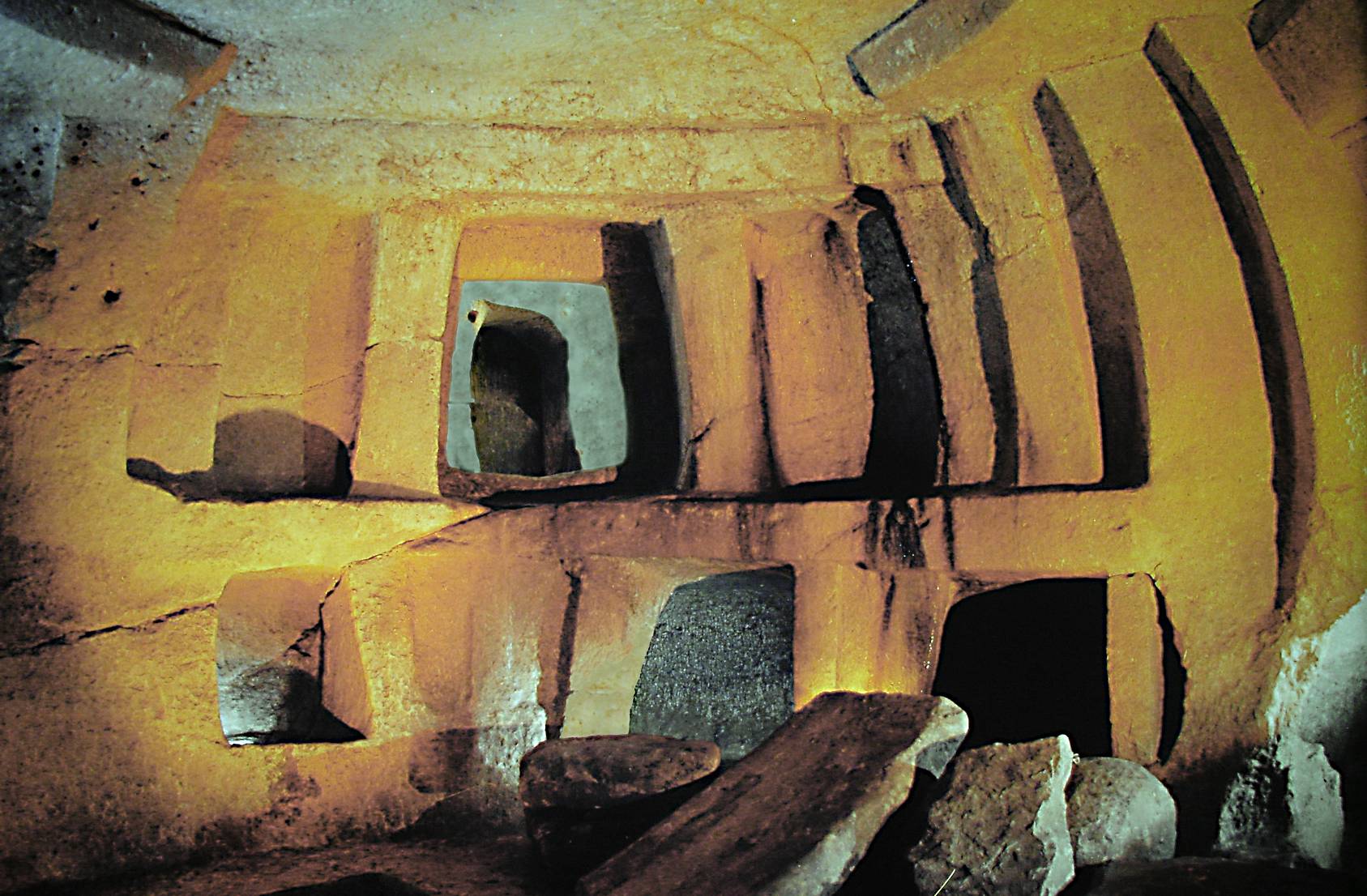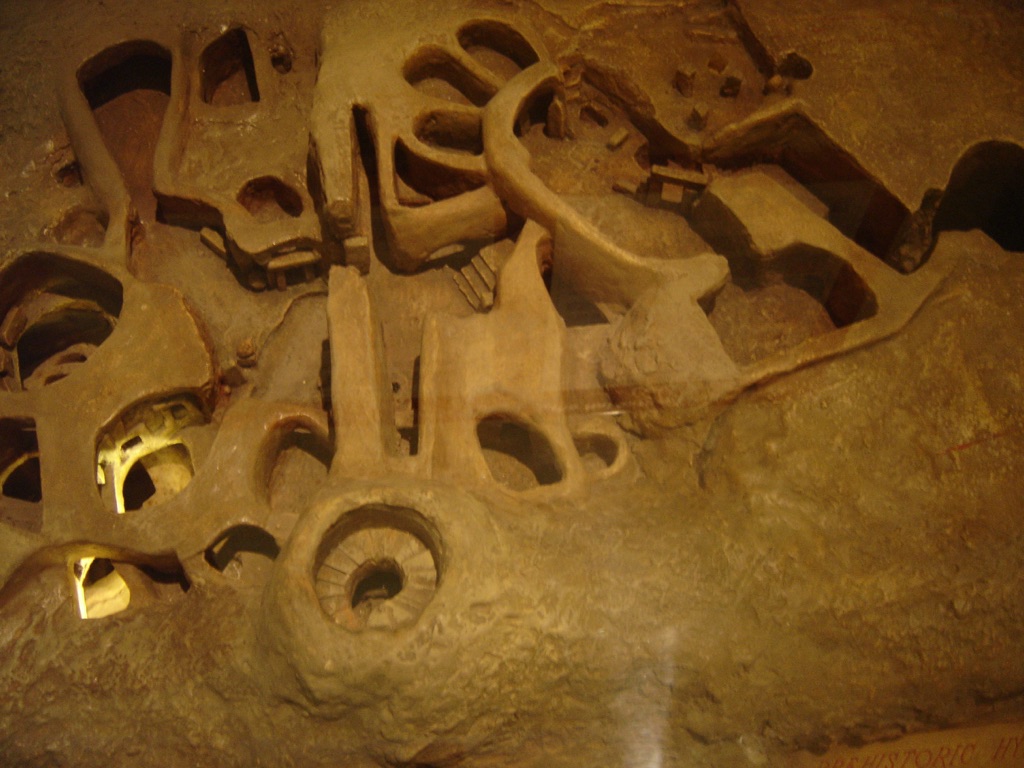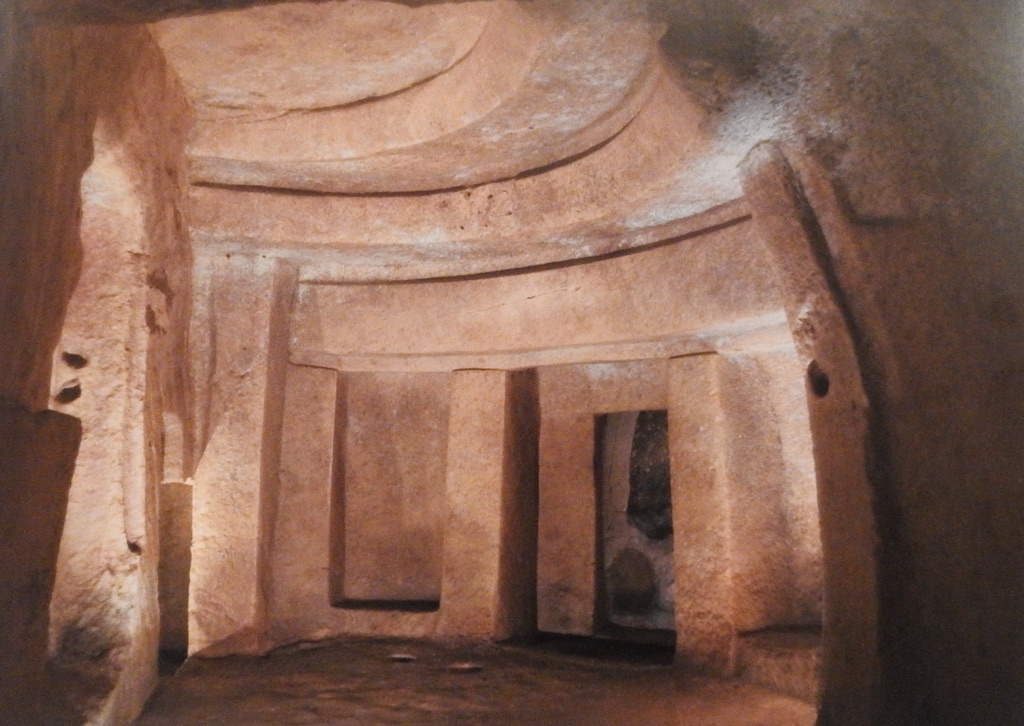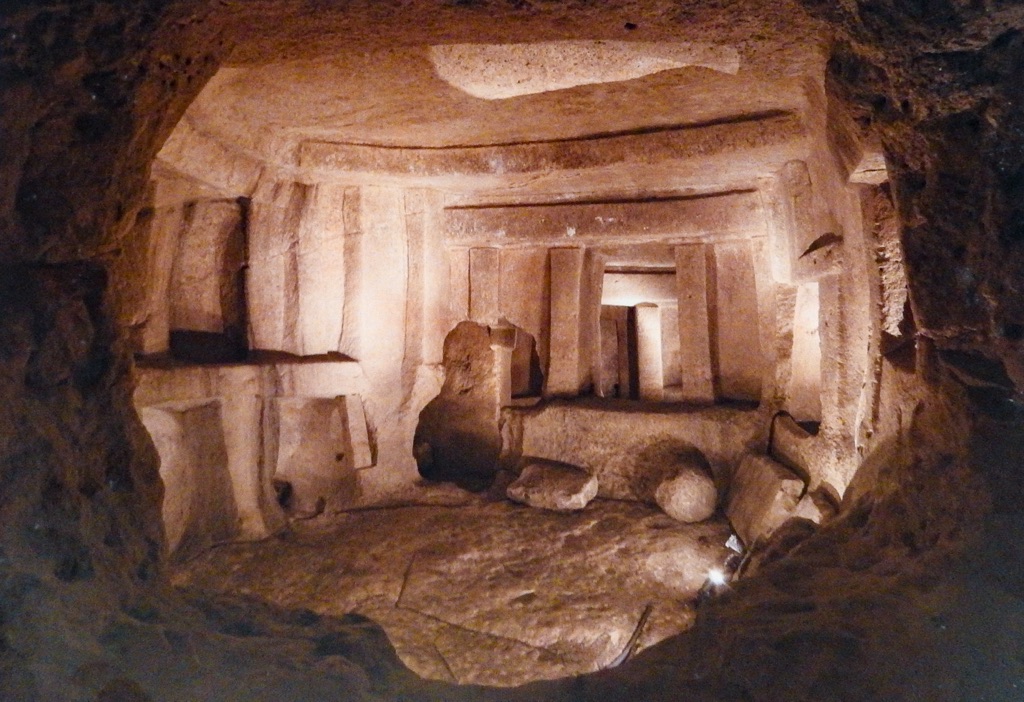The Hypogeum of Ħal Saflieni: A Neolithic Marvel
The Hypogeum of Ħal Saflieni, located in Paola, Malta, is a significant archaeological site dating back to the Saflieni phase (3300 – 3000 BC) of Maltese prehistory. This subterranean structure, often referred to simply as the Hypogeum, meaning “underground” in Greek, is believed to have served as both a sanctuary and a necropolis, housing the remains of over 7,000 individuals. It stands as a testament to the temple building culture of Malta, which also produced the Megalithic Temples and the Xagħra Stone Circle.
Get your dose of History via Email
Etymology
The name of the Hypogeum is derived from the locality under which it is situated, Ħal Saflieni, a village that has since ceased to exist. The terms “Ħal” and “saflieni” are of Arabo-Berber origin, indicating that the name was established after the arrival of Muslims in Malta.

History
The discovery of the Hypogeum was accidental, occurring in 1902 during the cutting of cisterns for a new housing development. Initial attempts to conceal the temple were eventually abandoned, leading to its study by Manuel Magri under the Museums Committee starting in November 1903. Unfortunately, Magri’s report was lost following his death in 1907, and a significant portion of the Hypogeum’s contents were discarded without proper cataloging.
Excavations continued under Sir Themistocles Zammit, who published a series of reports from 1910 and deposited his findings at the National Museum of Archaeology in Valletta. The Hypogeum was first opened to visitors in 1908, and further excavations were conducted between 1990 and 1993. It was closed between 1991 and 2000 for restoration and reopened with strict visitor limits to preserve its microclimate. The site underwent another closure for environmental management improvements, reopening in May 2017.

Description
Archaeological evidence suggests the existence of a surface shrine marking the Hypogeum’s entrance, which was likely destroyed, concealing the underground structure for millennia. The Hypogeum may have originated from a natural cave, later expanded using tools like antlers and flint. Its chambers, dating from various phases of the Maltese Temple Period, showcase intricate ceiling patterns painted with red ochre and a sophisticated use of light from the surface.
Notable features include the “Holy of Holies,” oriented to capture the winter solstice light, and the Oracle Room, designed for acoustic resonance. A wide array of artifacts, including the notable Sleeping Lady figurine, was recovered, indicating a rich cultural and spiritual life.
Structure
The Hypogeum consists of three levels carved into globigerina limestone, featuring interconnected halls and chambers. The upper level contains burial chambers, while the middle level, expanded later, includes several notable rooms such as the Main Chamber and the Oracle Room. The lower level contained no bones or offerings.

Museum
Following a €1.1 million renovation, the Hypogeum and its museum reopened in May 2017, featuring a new climate control system and an expanded visitor center. The museum, a popular attraction in Malta, emphasizes the importance of booking visits in advance due to limited daily entry.
The Hypogeum of Ħal Saflieni remains a key site for understanding Neolithic culture in Malta, offering invaluable insights into the island’s prehistoric inhabitants, their beliefs, and their architectural prowess.
Sources:

